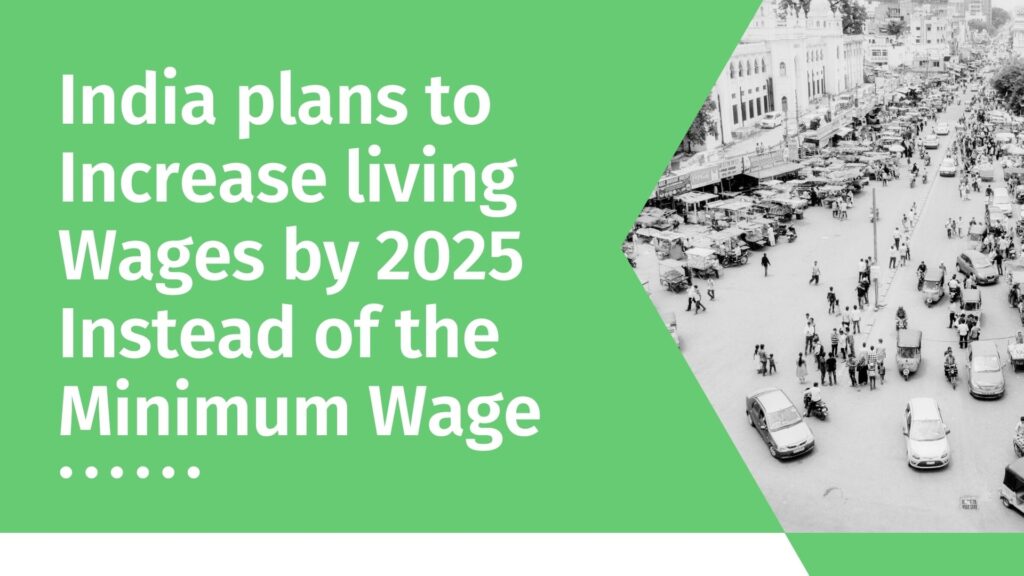By 2025, India plans to replace its minimum wage system with a living salary. Reportedly, the government has asked the International Labour Organisation (ILO) for technical assistance in developing a framework for estimating and implementing the living wage. The decision was made in response to an agreement reached during a February Meeting of Experts on Wage Policies and approved by the ILO’s governing council on March 13. The ILO adopted the notion earlier this month.
- India, an early founding member of the ILO and an active member on its governing board since 1922, approved the Code on Wages in 2019 and suggested a universal pay floor that, once put into effect, would apply to all states.
- India wants to demonstrate the beneficial economic effects of implementing living wages, thus it is asking the ILO for assistance in creating capacity and collecting data on a systematic basis.
- The goal of moving from minimum wages to living wages is to accelerate efforts to guarantee the well-being of millions of people and help them escape poverty. Of the almost 500 million workers in India, 90% labor in the unorganized sector.
- Although many people make at least ₹176 per day, there are disparities in salary payments due to the national wage floor, which has been unchanged since 2017. There have been differences in wage payouts between states as a result of this stagnation in wage growth.






